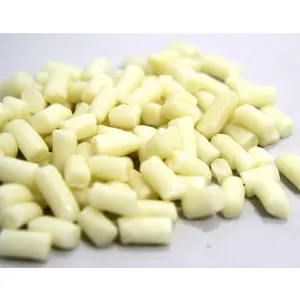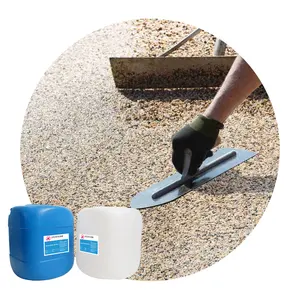Popular in your industry













































































Related Searches:























































































































































Top categories
About sk34 refractory brick
Introduction to SK34 Refractory Brick
Refractory bricks, particularly the SK34 refractory brick, are specialized materials designed to withstand high temperatures, making them essential in various industrial applications. The SK34 designation refers to a specific grade of firebrick that offers a balance of thermal resistance and durability.
Composition and Properties
The SK34 firebrick is composed primarily of alumina and silica, which contribute to its ability to endure the rigorous conditions found in high-temperature environments. These bricks are characterized by low thermal conductivity, excellent heat preservation, and resistance to thermal shocks.
Applications of SK34 Refractory Brick
The versatility of fire brick SK34 allows for its use in constructing kilns, furnaces, and fireplaces. Its thermal properties make it suitable for lining and insulating chambers where heat management is crucial. Additionally, these bricks are often employed in the creation of flame retardant surfaces and fireproofing structures.
Types and Features
There are various forms of SK34 refractory brick available, each tailored for specific applications. Some are designed for general lining purposes, while others are shaped to optimize space in furnaces or kilns. The common feature among them is their ability to maintain structural integrity at high temperatures.
Advantages of Using SK34 Refractory Brick
Utilizing SK34 firebrick in construction projects offers numerous benefits, including enhanced safety due to its fire-resistant nature and increased efficiency of heating systems due to its insulative qualities. Moreover, the longevity of these bricks ensures that they are a cost-effective solution for high-temperature applications.
Choosing the Right SK34 Refractory Brick
Selecting the appropriate fire brick SK34 requires consideration of the specific conditions it will face, such as maximum temperature exposure and the presence of abrasive or corrosive agents. It is crucial to match the brick's properties to the demands of the application to ensure optimal performance.

































